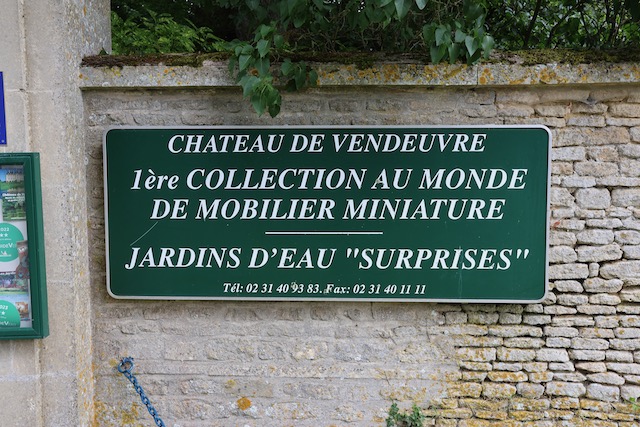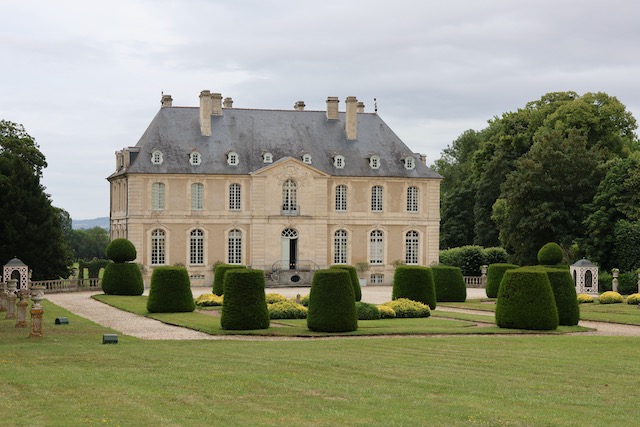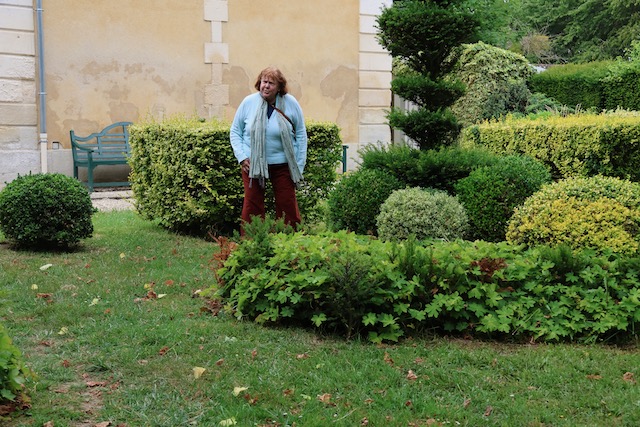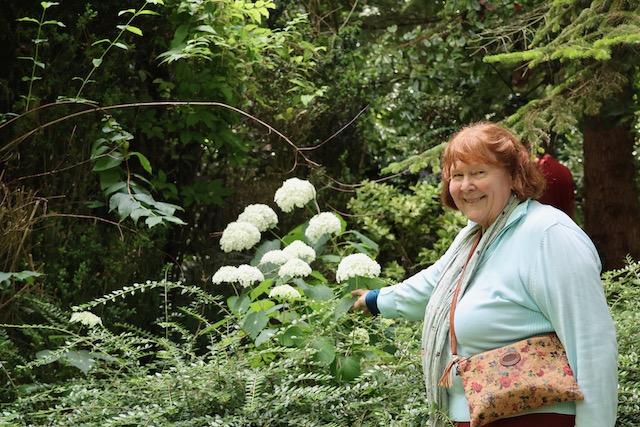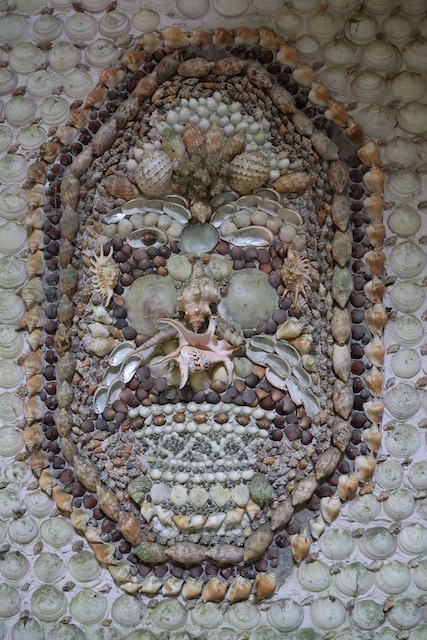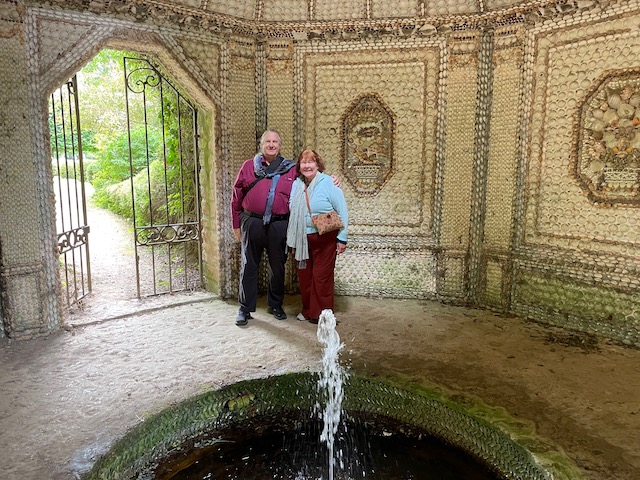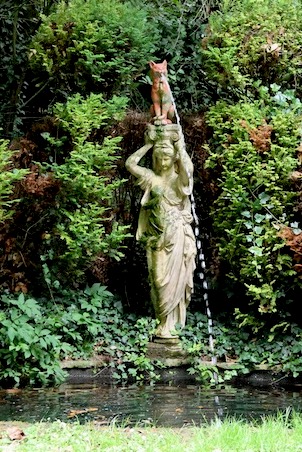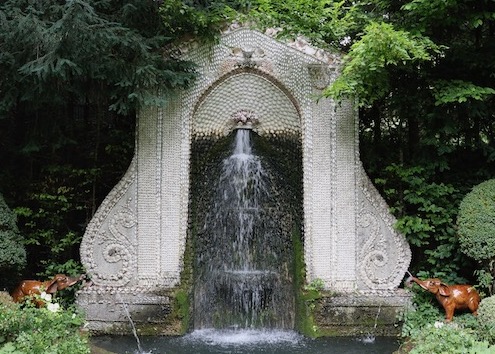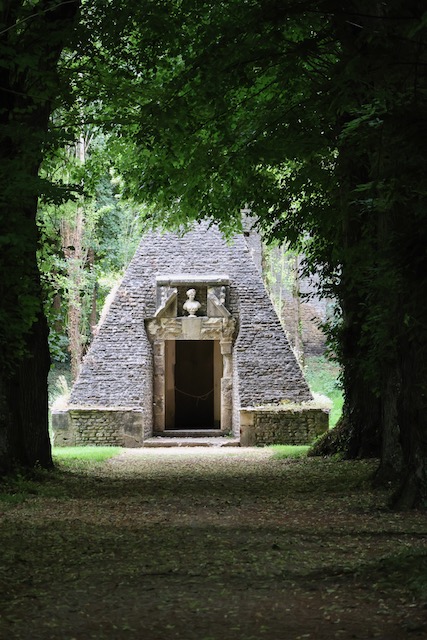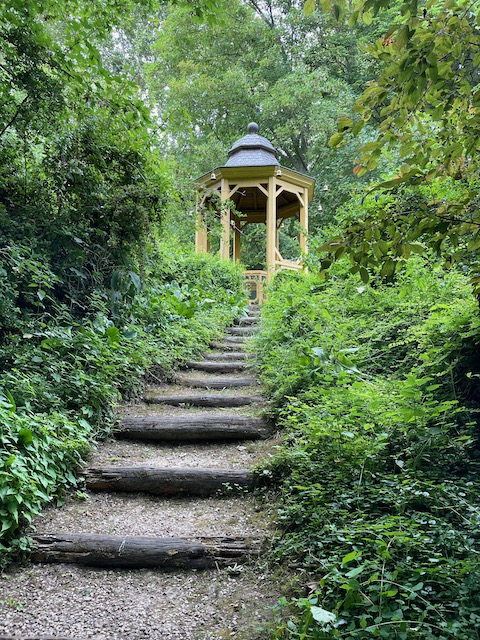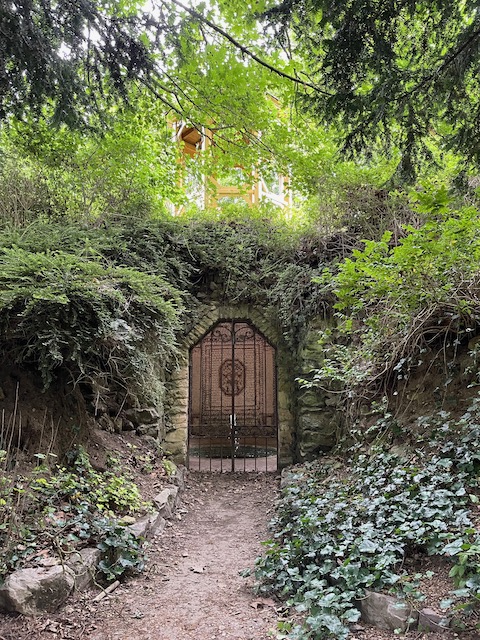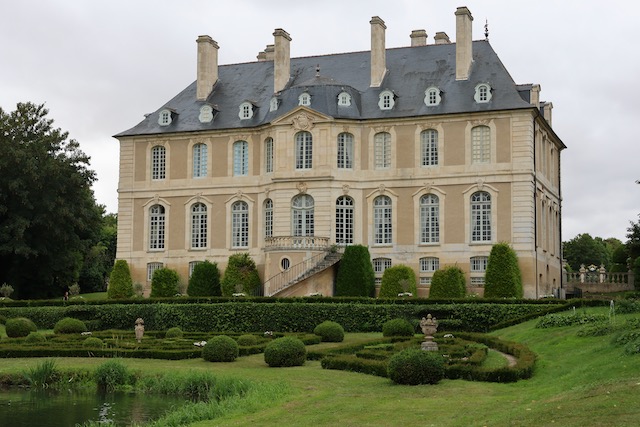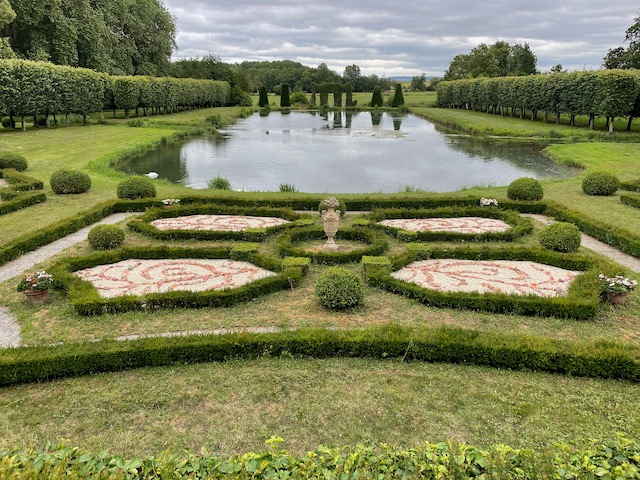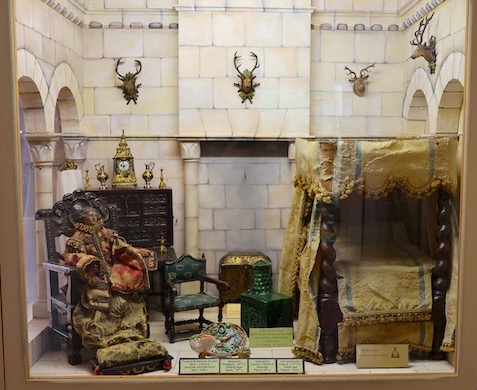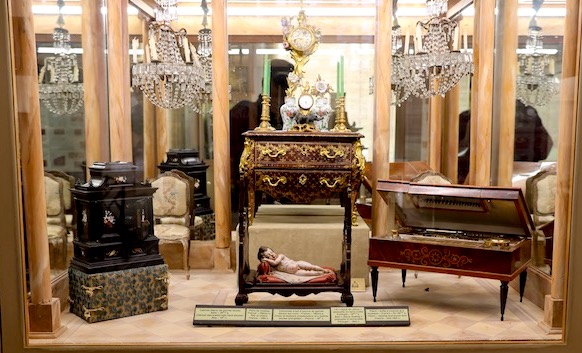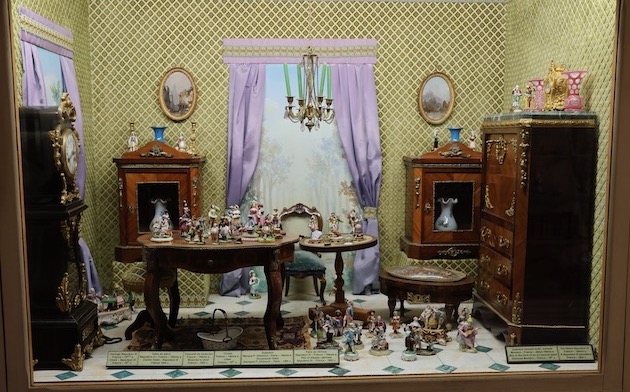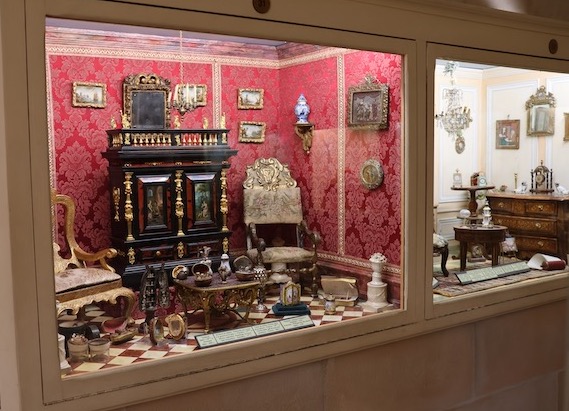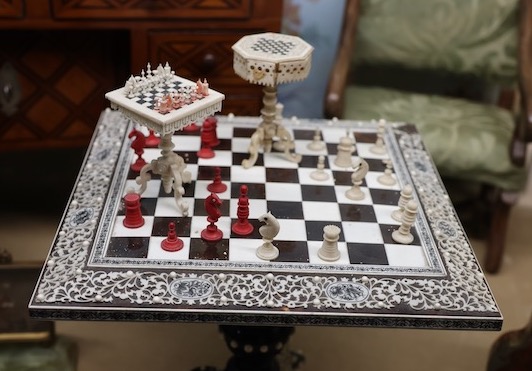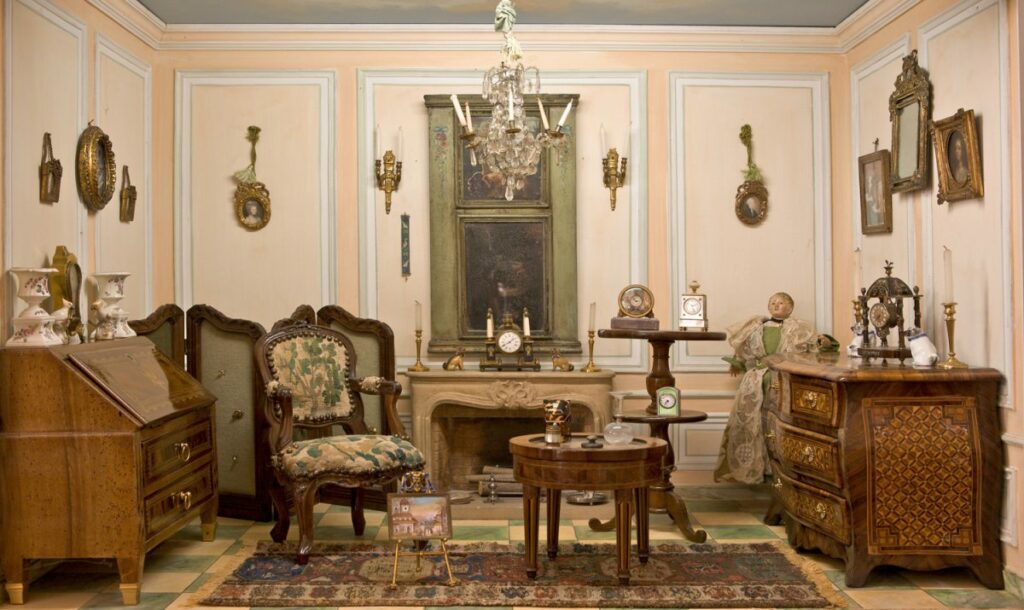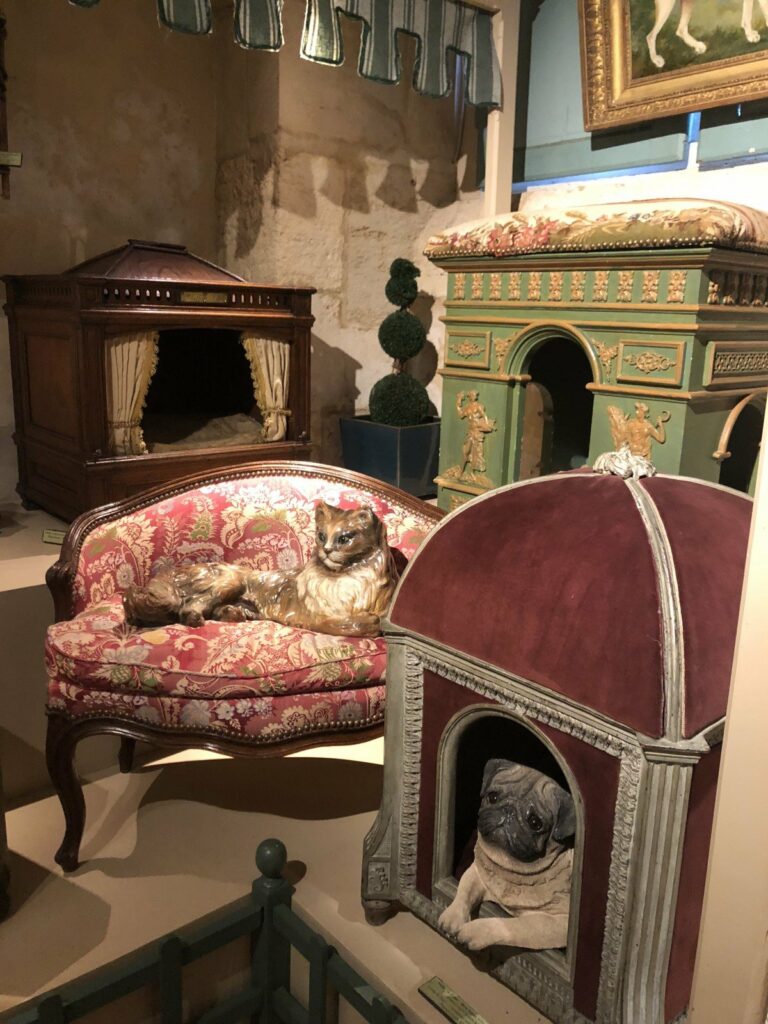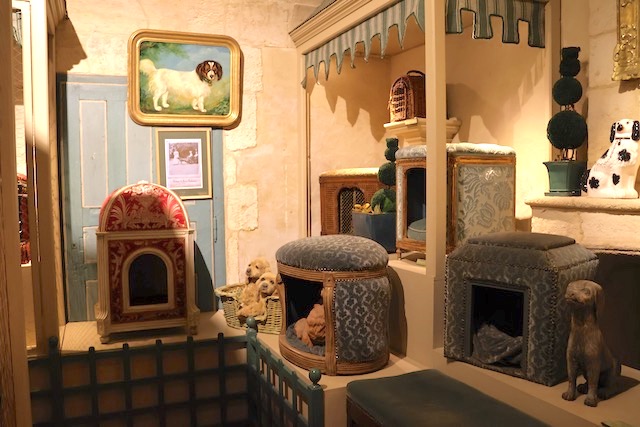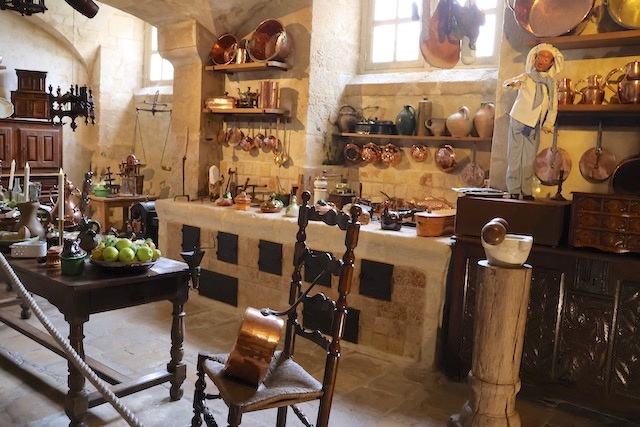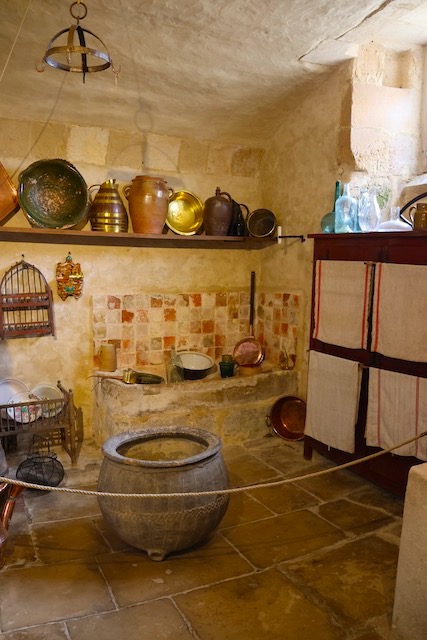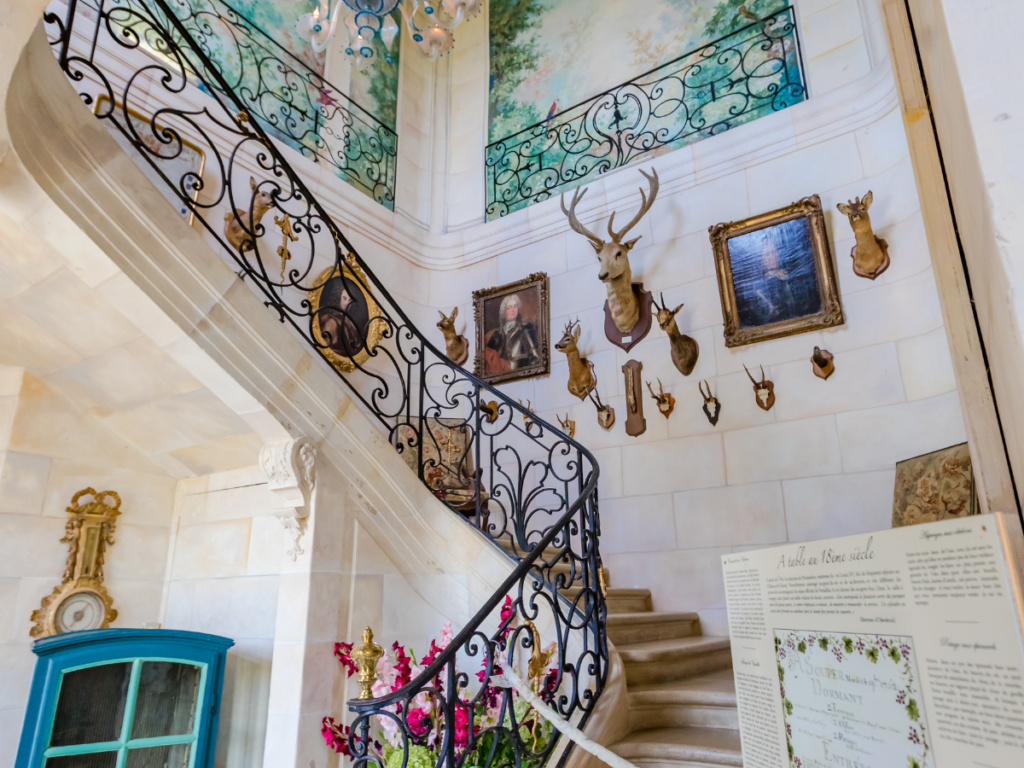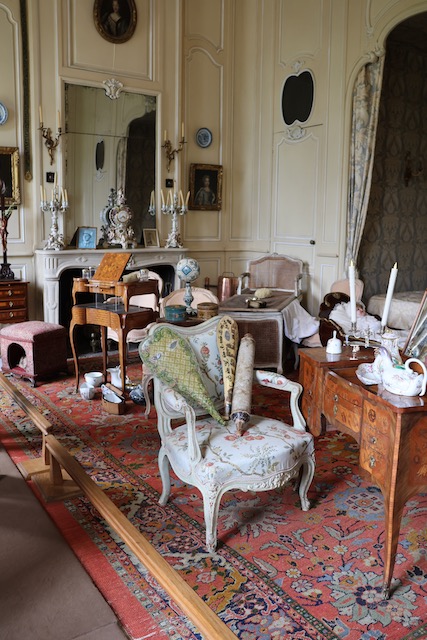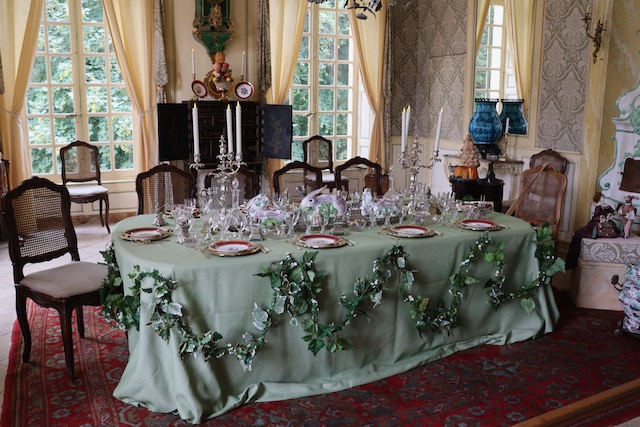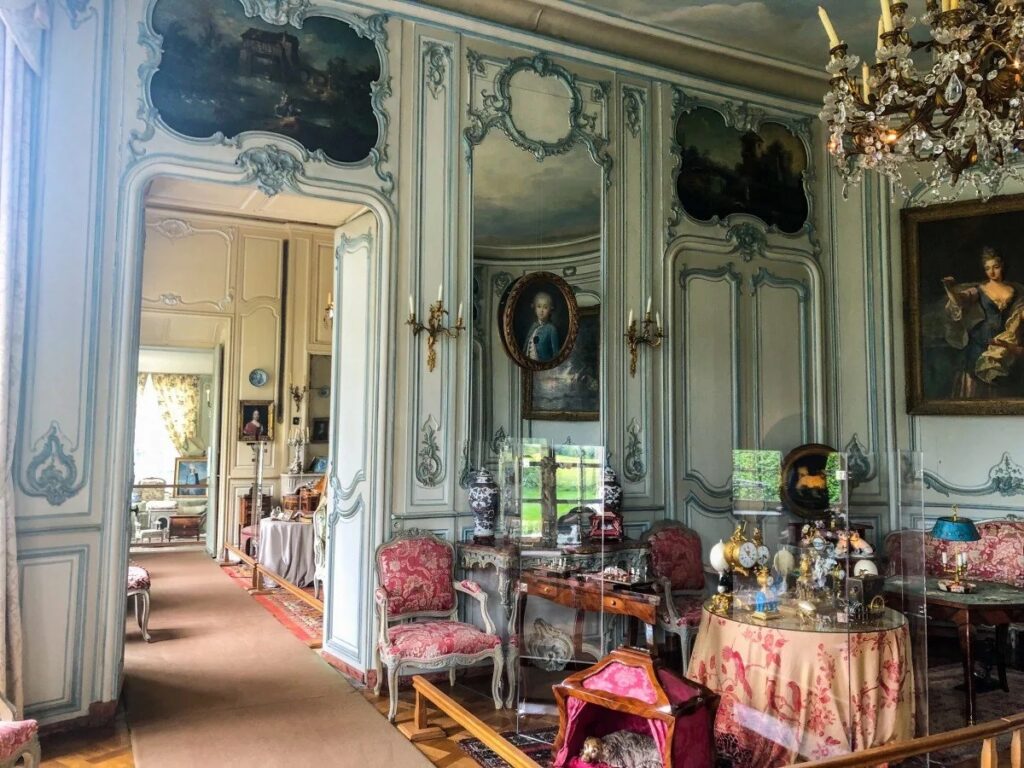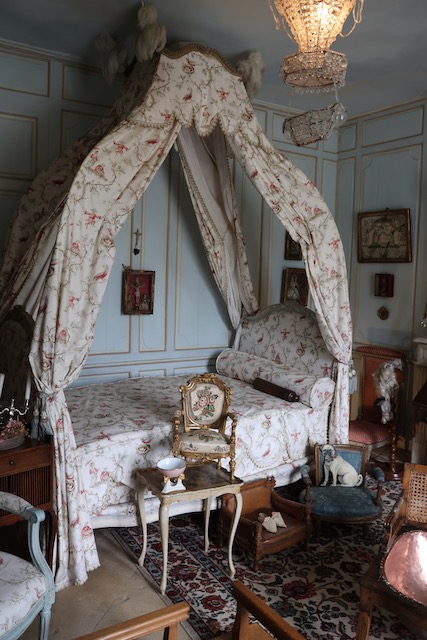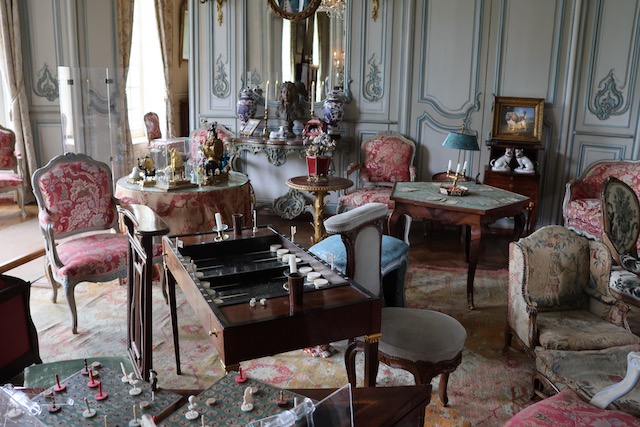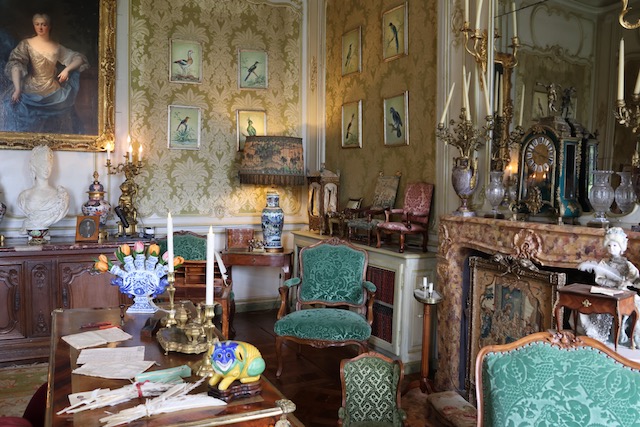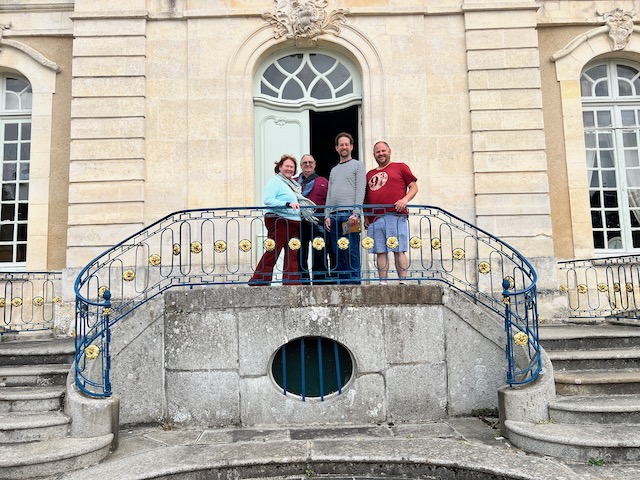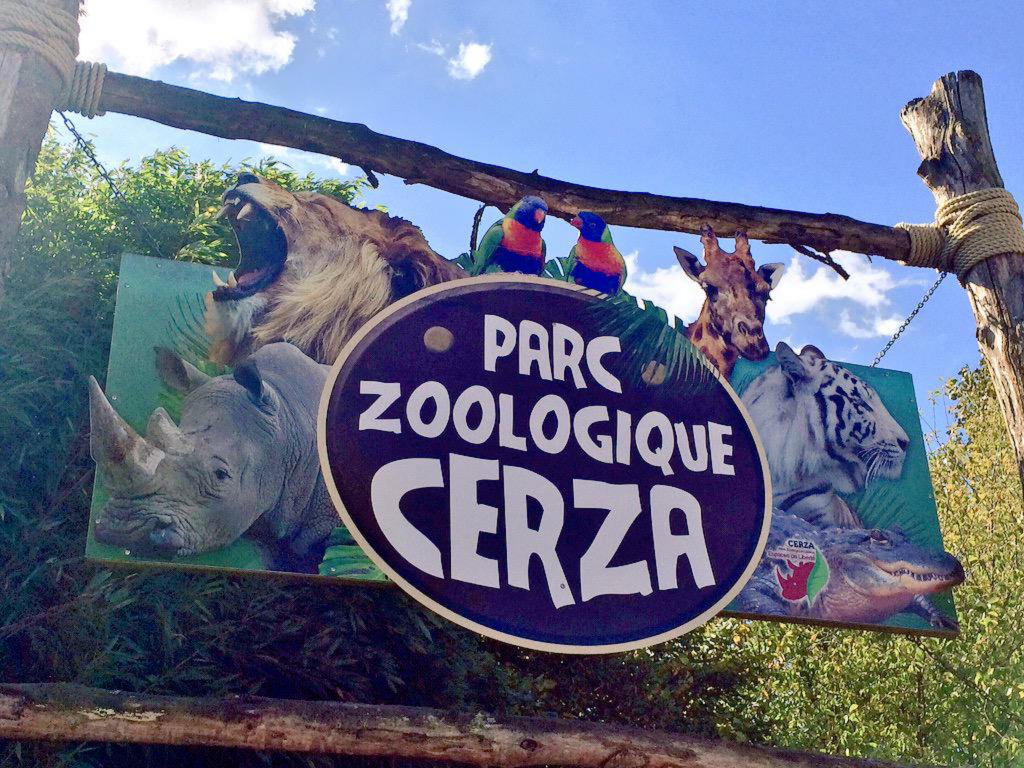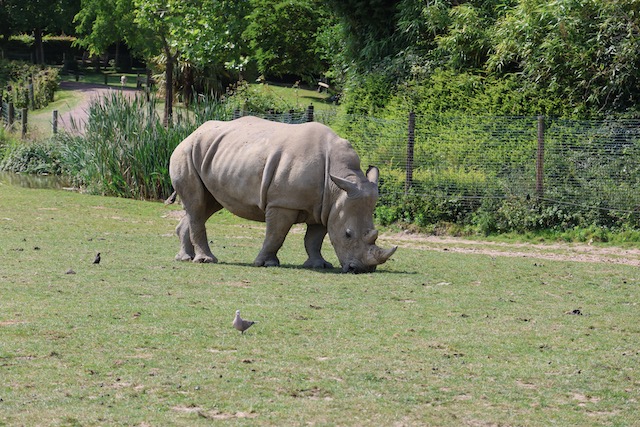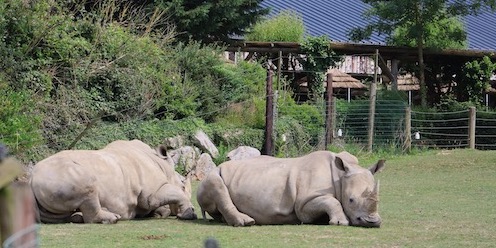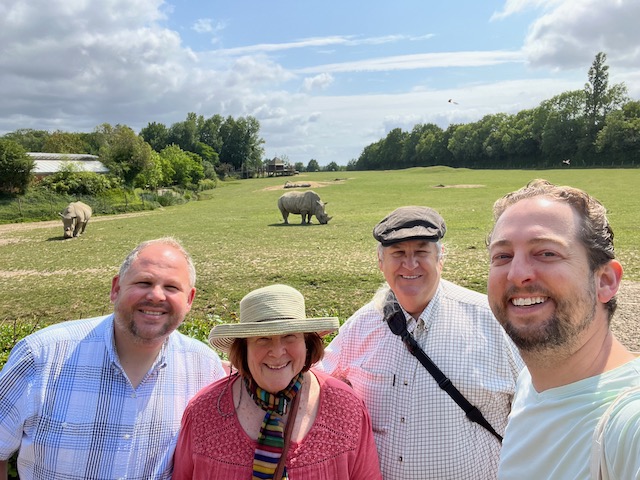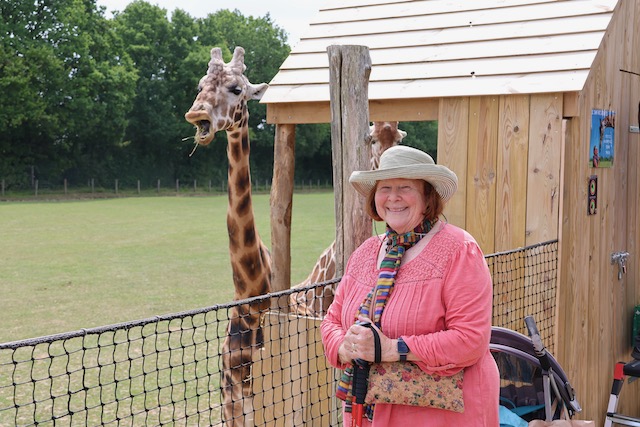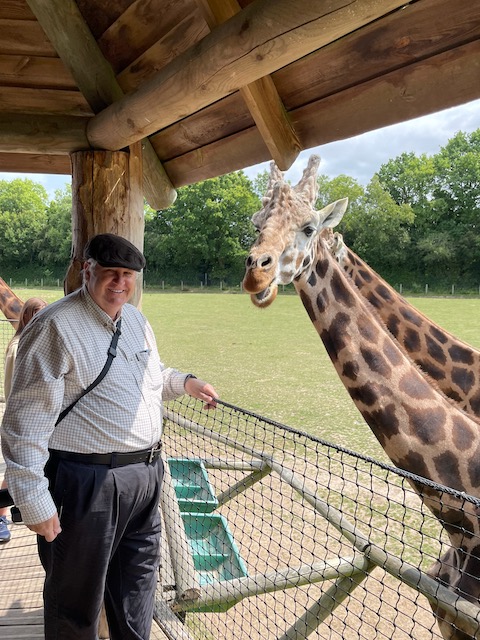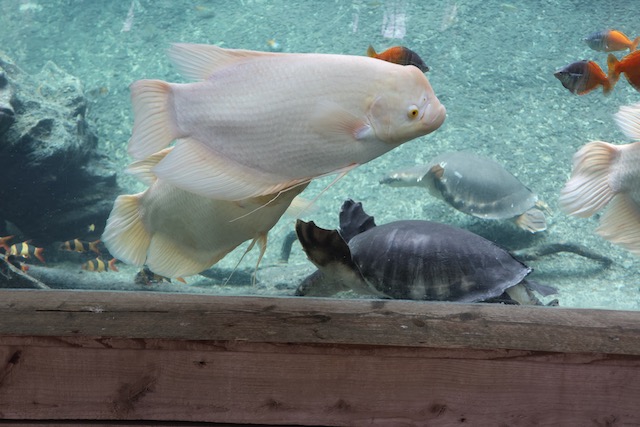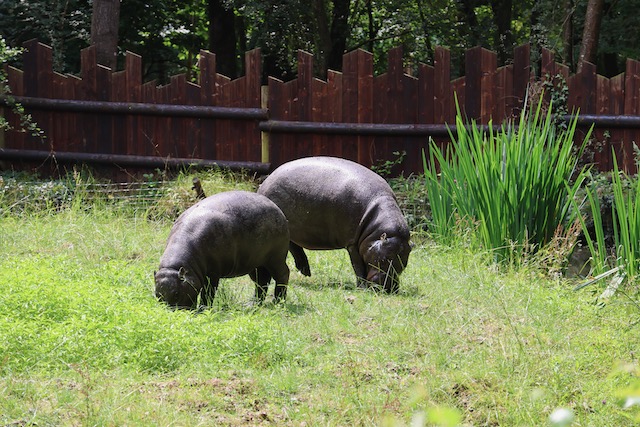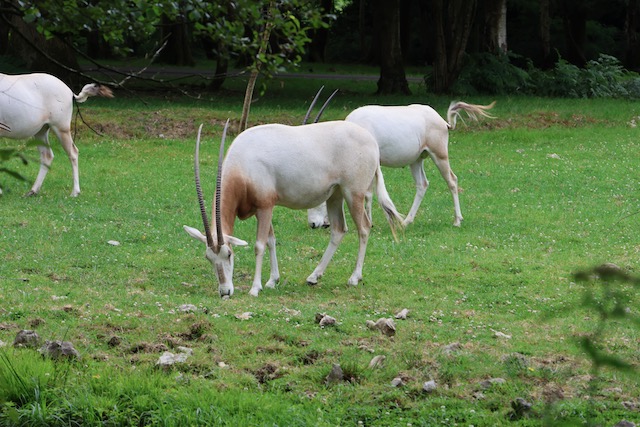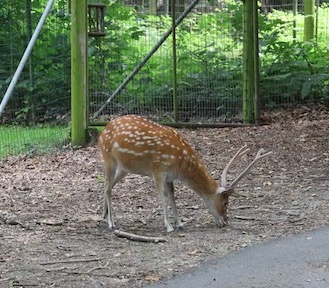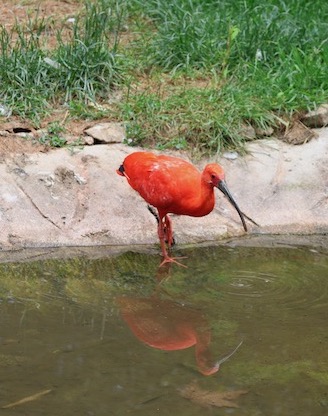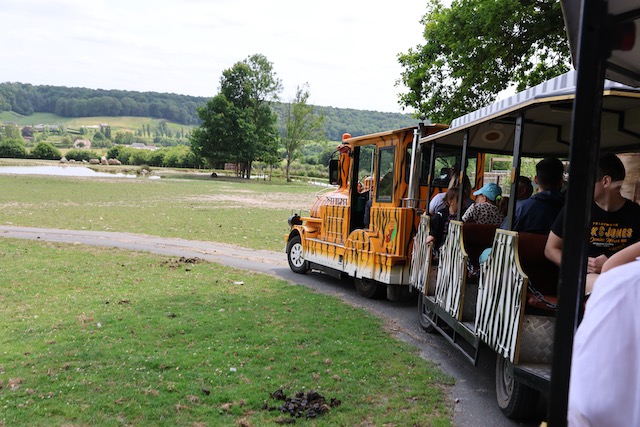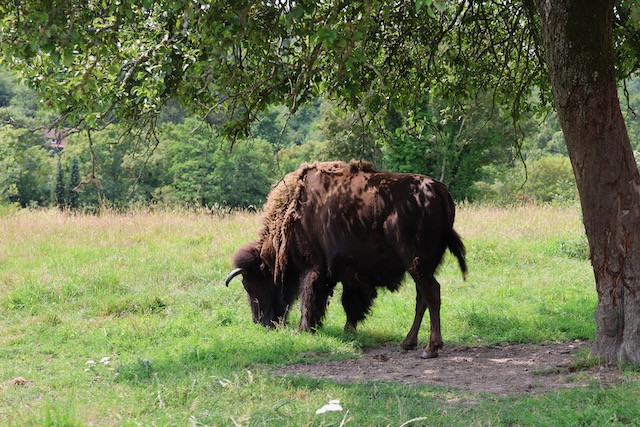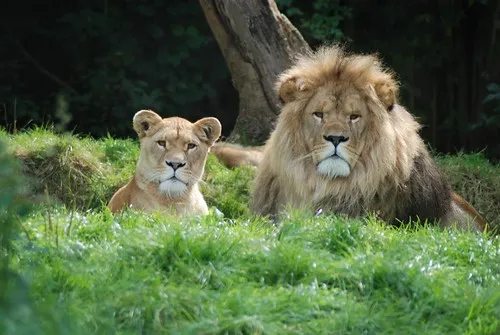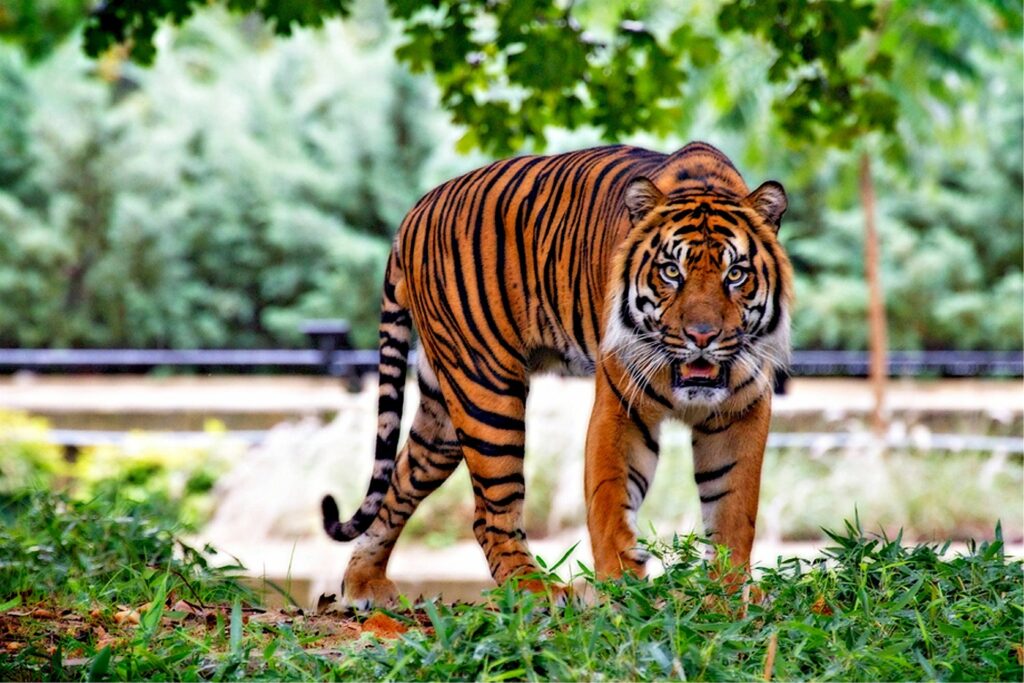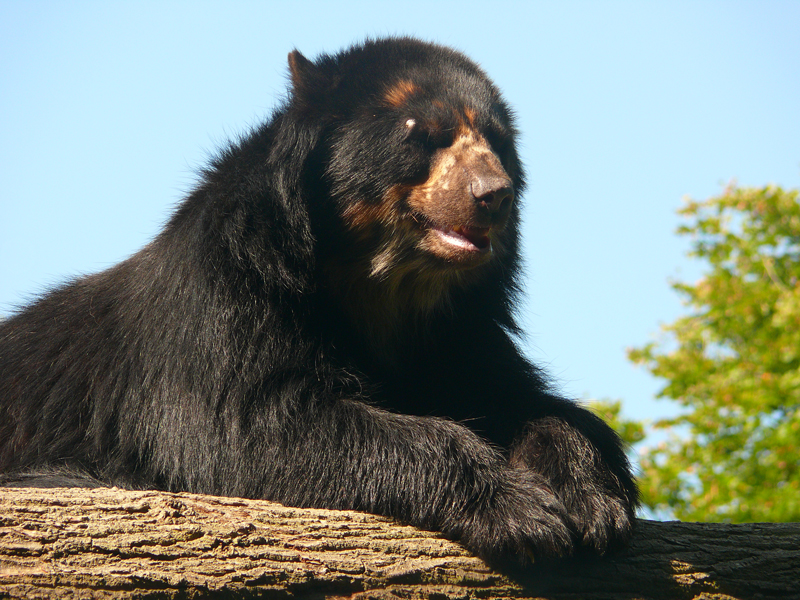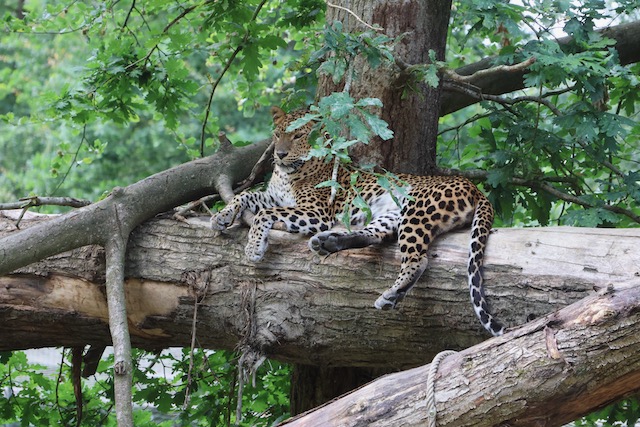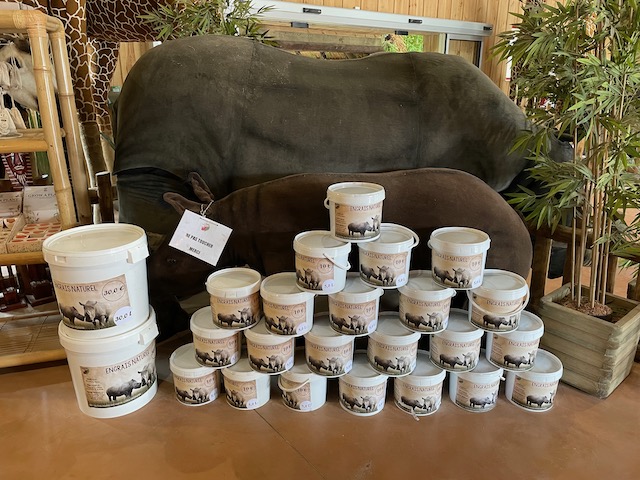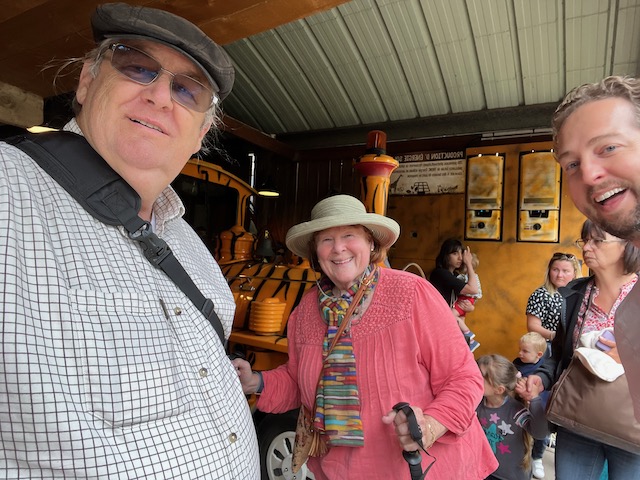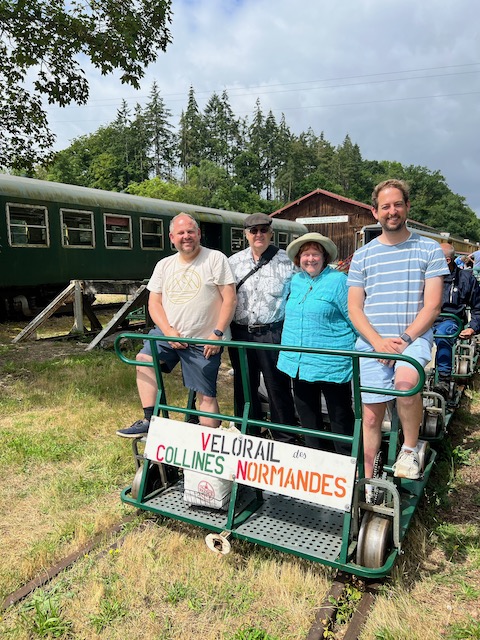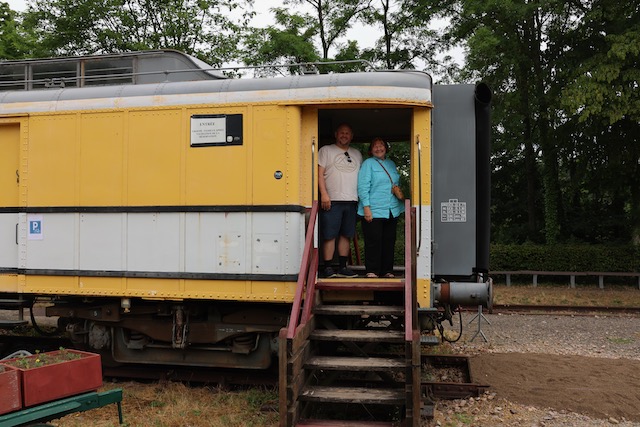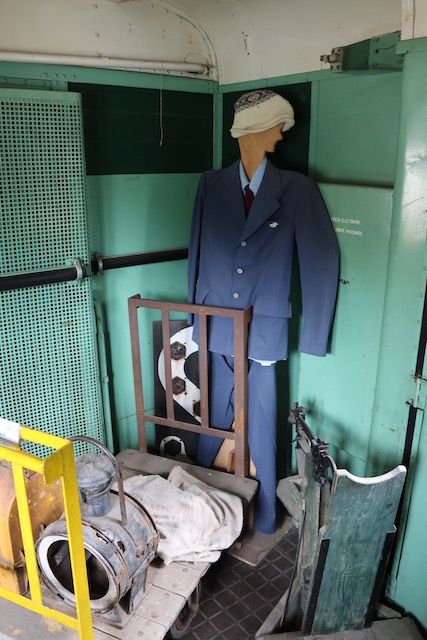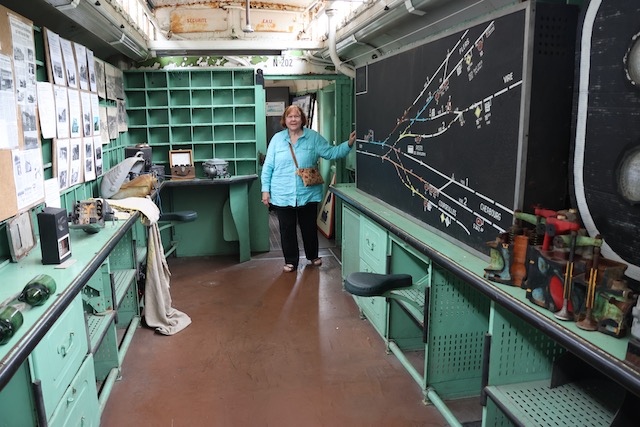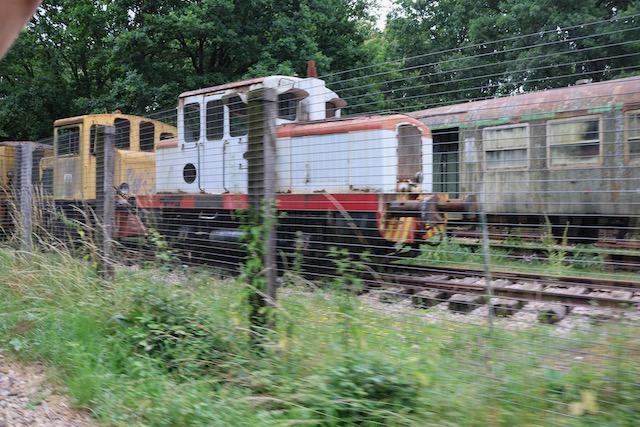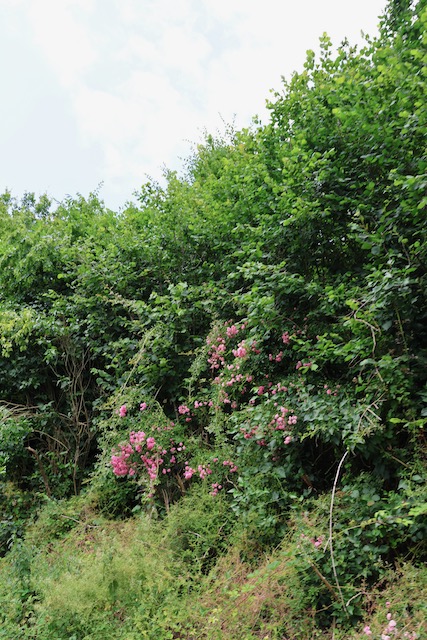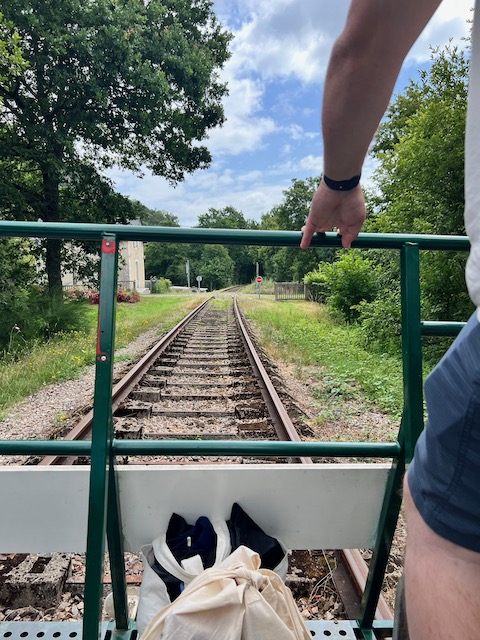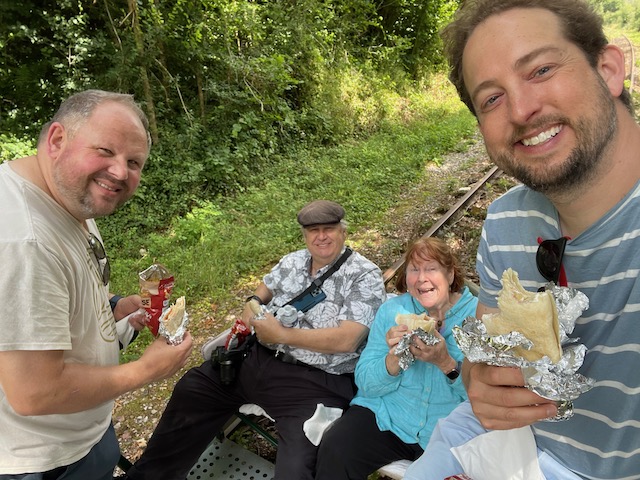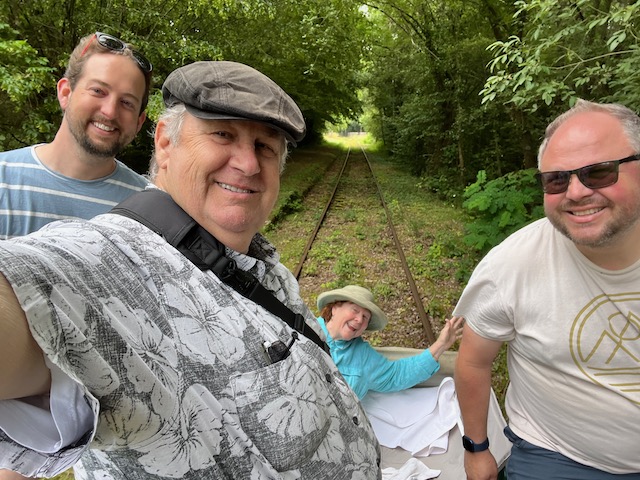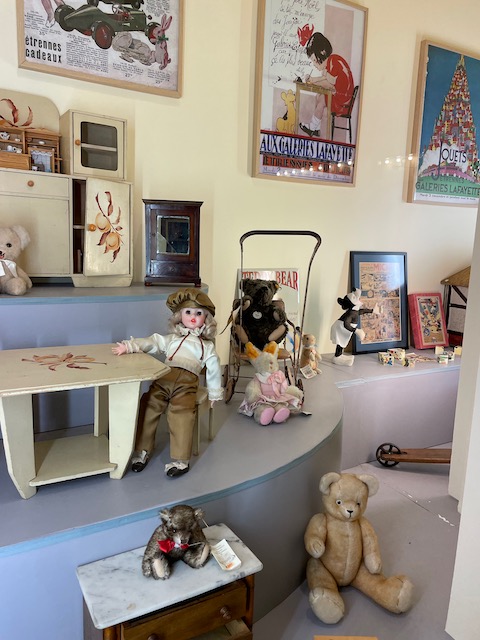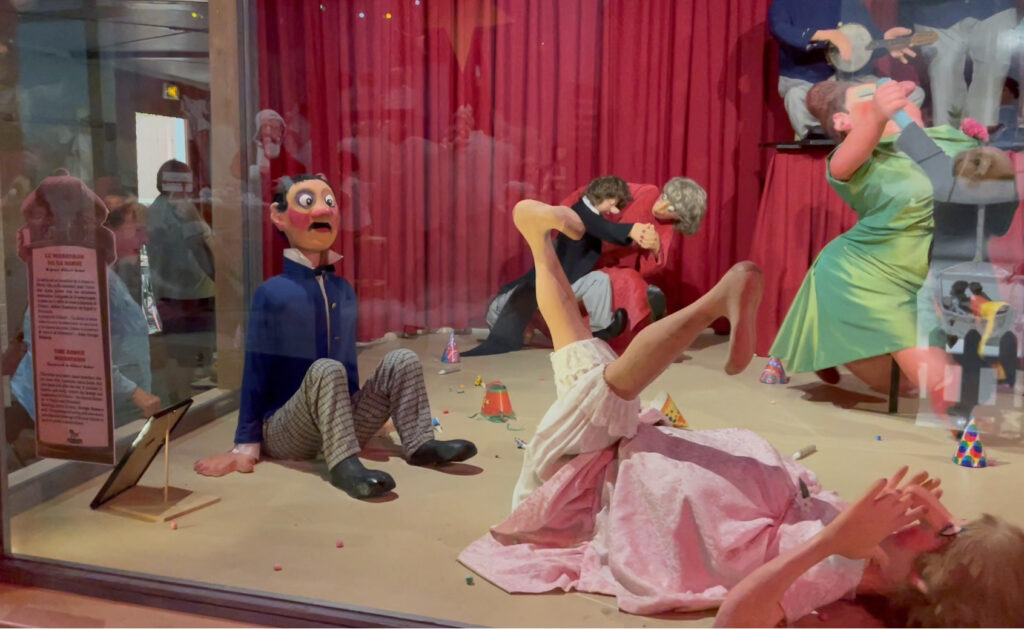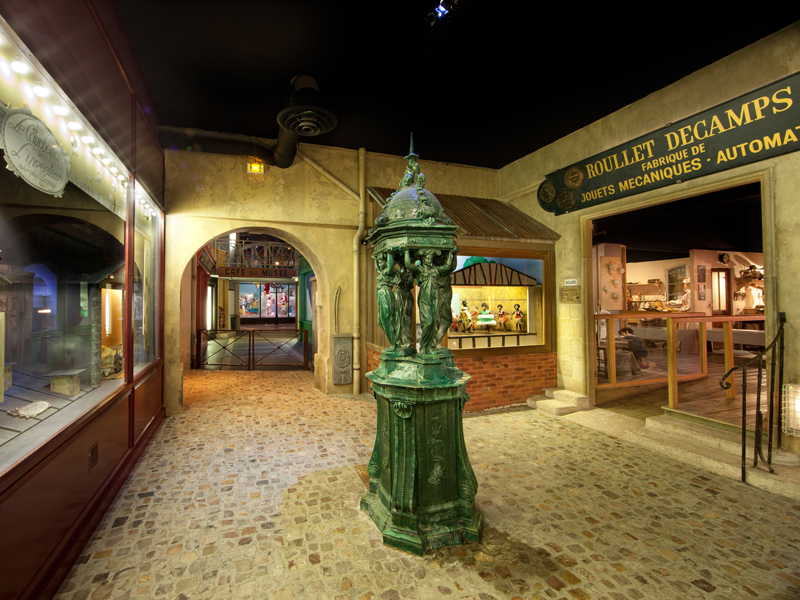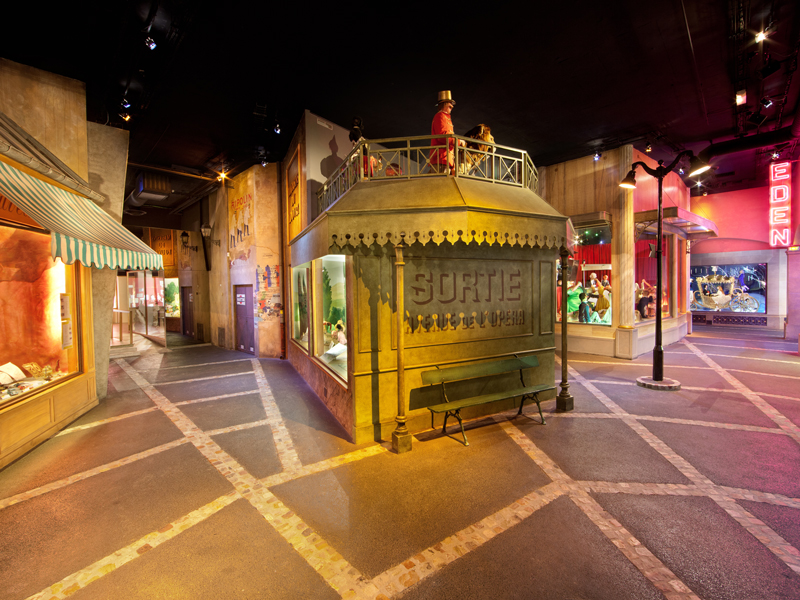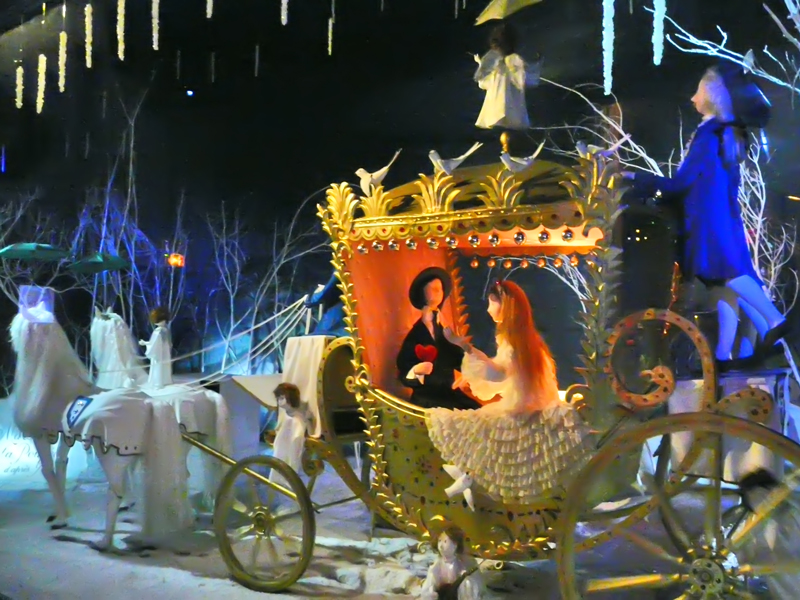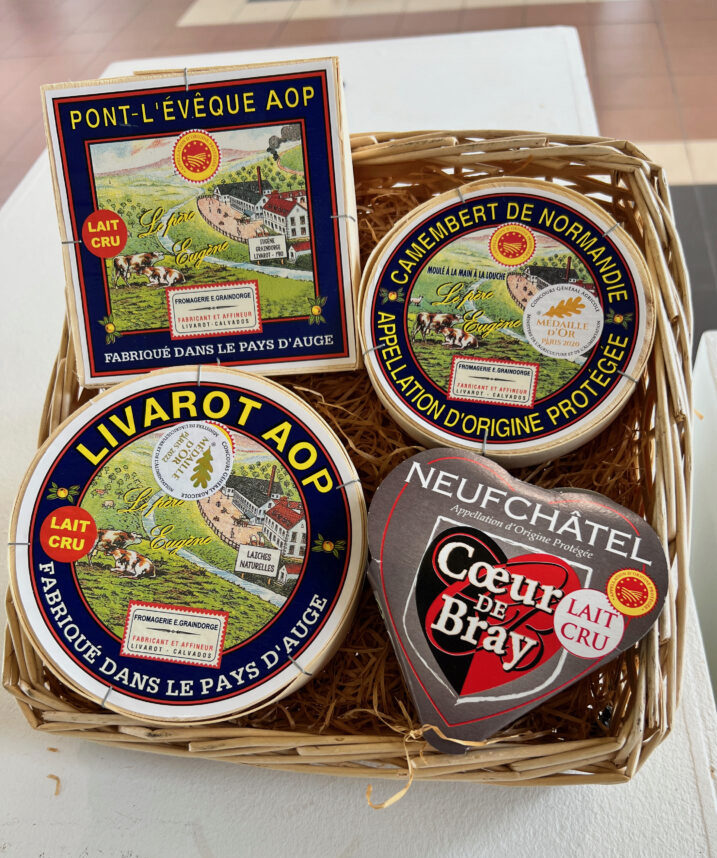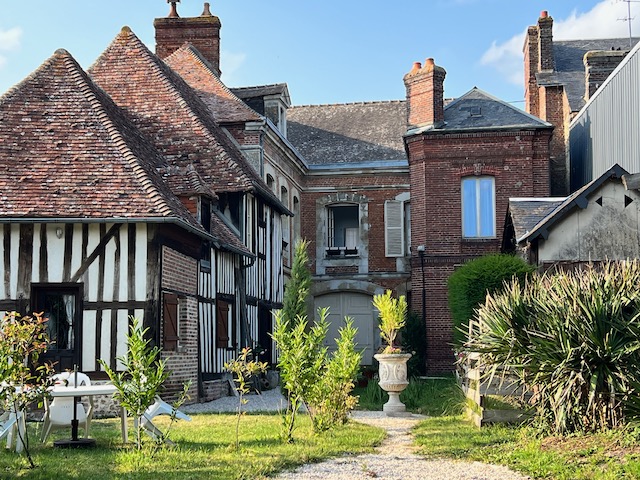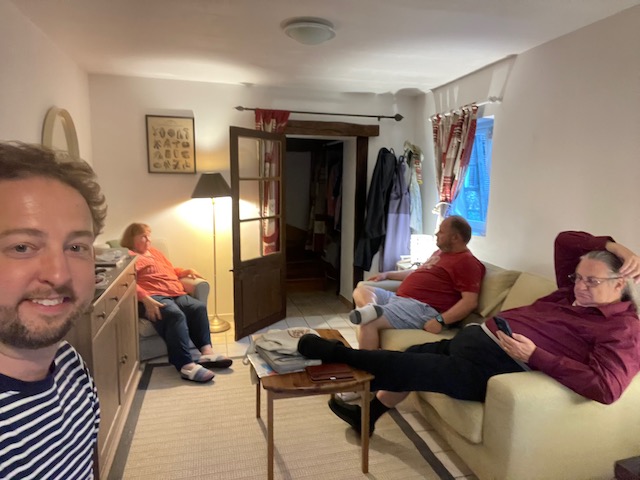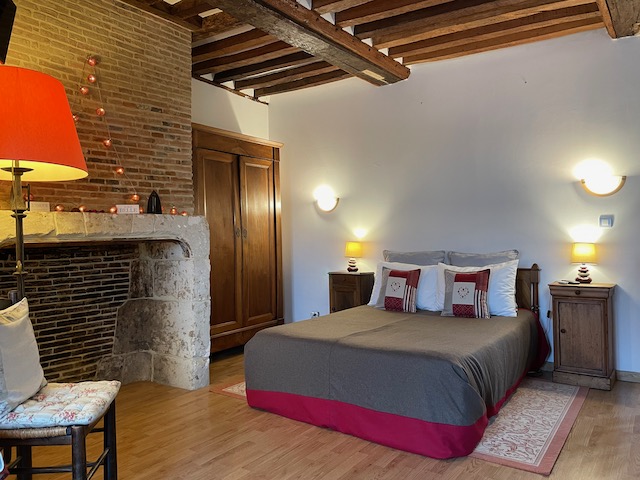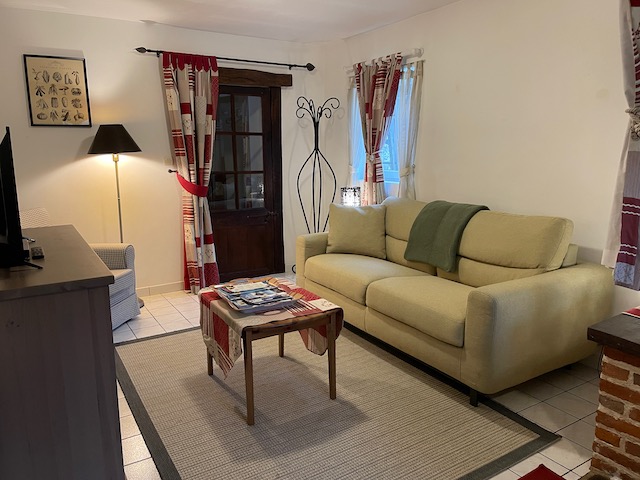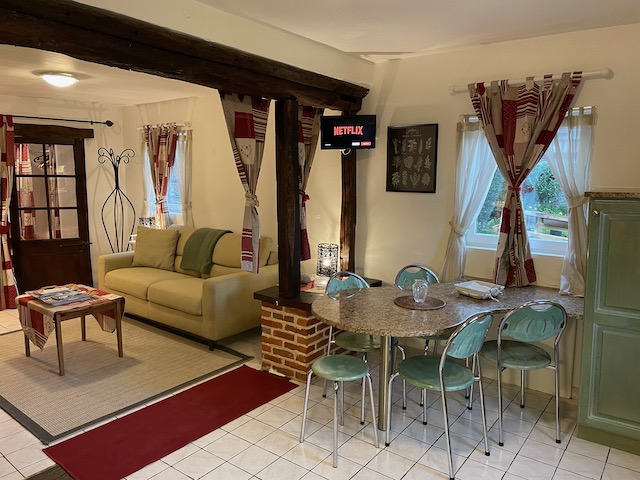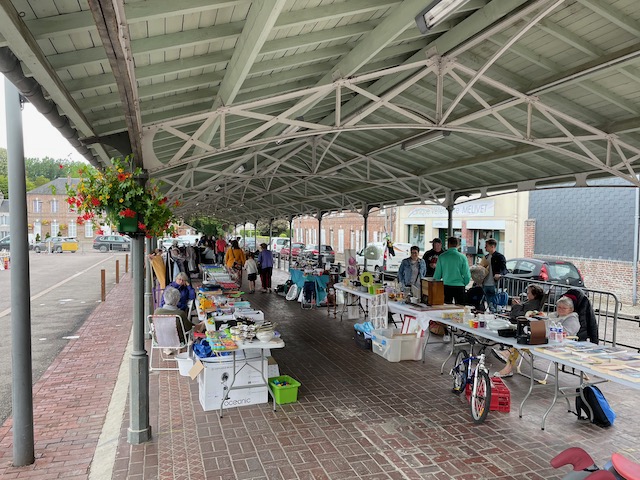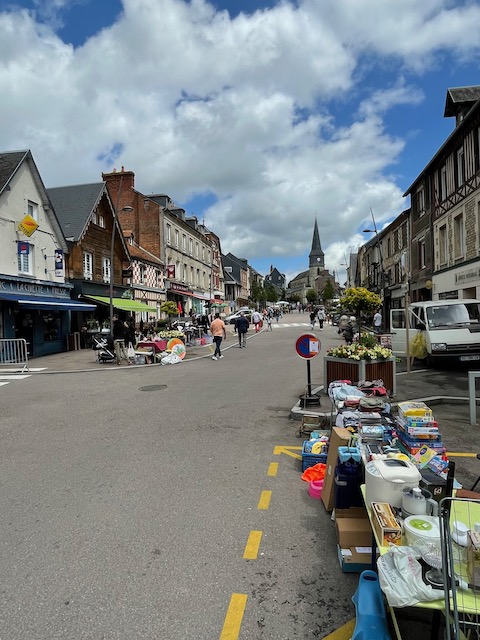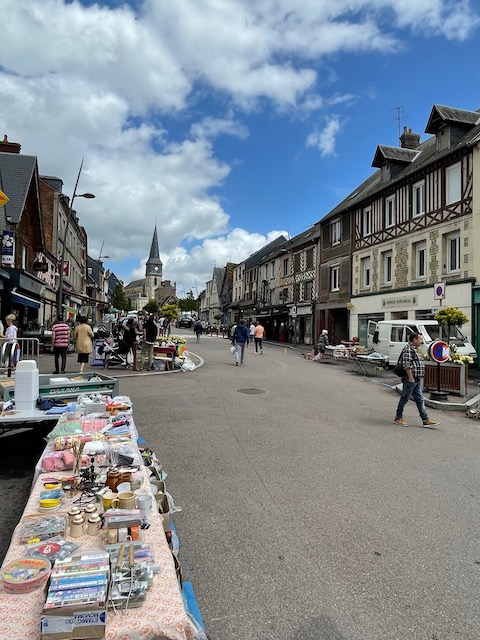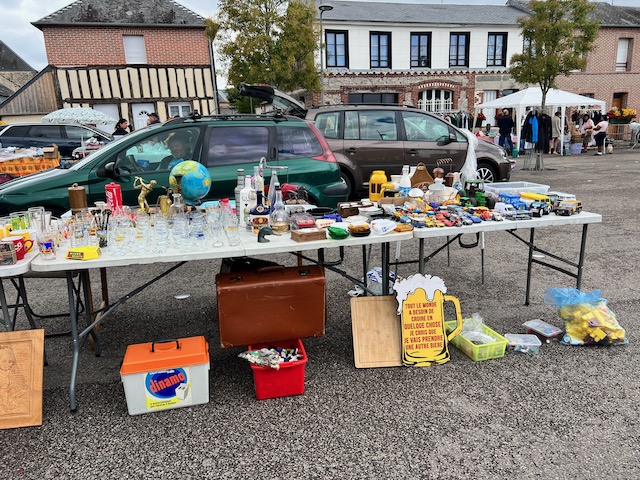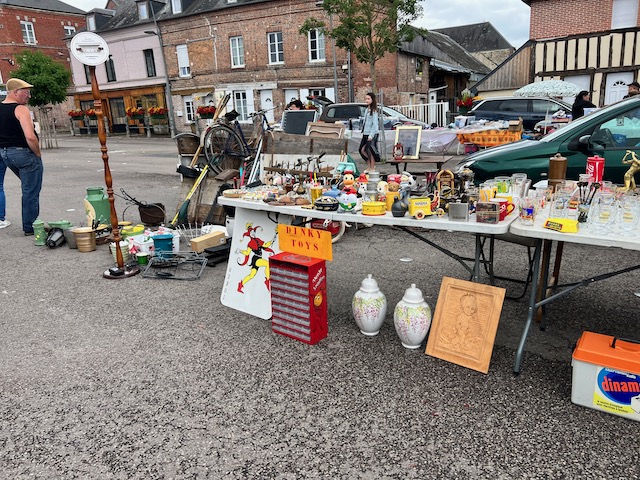Our final adventure in France was to the seaside town of Deauville. This community holds an international film festival each year, has a very large race course, a harbor that will hold yachts of the rich and famous and a Grand Casino. It is regarded as the ‘queen of the Norman beaches’ and thus one of the most prestigious seaside resorts in all of France. It is also the location of Villa Strassburger.
However, before visiting the Villa, we had to have lunch and went to Le Réfrectorie.
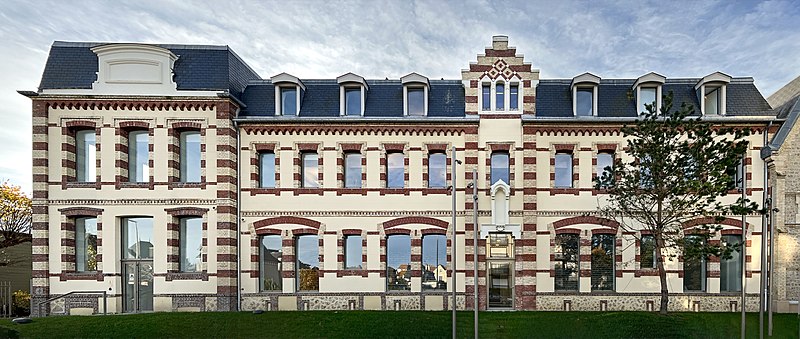
Located in the museum, Les Franciscaines, this was a relaxed place surrounded by books where you are encouraged to enjoy the food, read a good book and have conversations.

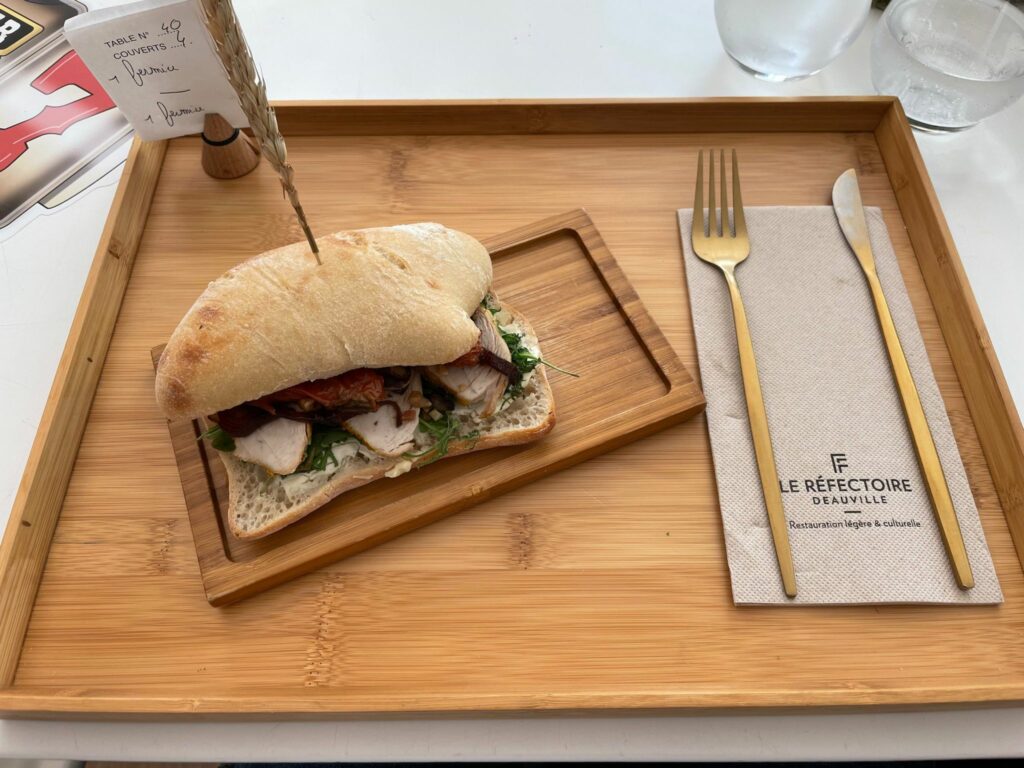
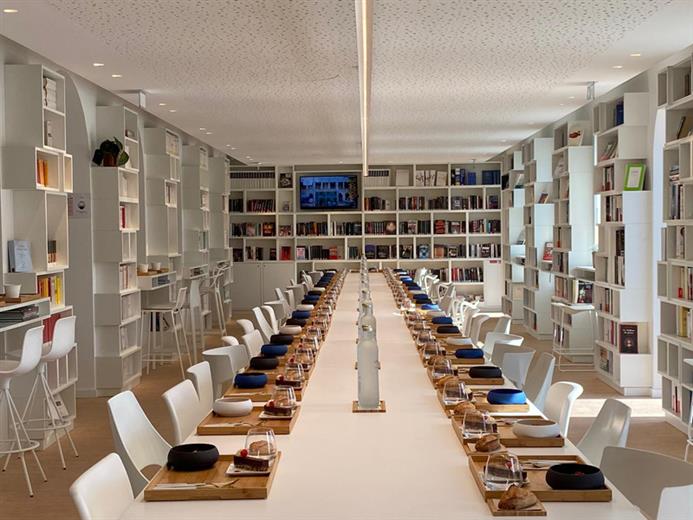
From there we went to Villa Strassburger for our tour.

This Villa was built in 1907 by Baron Henri de Rothschild, close to the major race course of the city and elevated so he could watch the races from his porch. It was sold to an American billionaire Ralph Beaver Strassburger, who was living in Deauville at the time. He was an expat from the US who attended the US Naval Academy ,serving in the US Navy twice – once upon graduation and again during WWI, and spent his honeymoon in Normandy. The villa stayed in the family until 1980 when it was donated to the City by the family.

The house has a strong Norman character as reflected by the development of the vast grassy park planted with fruit and decorative trees. The ground floor of the building uses brick and stone laid out in a checkerboard pattern and a half-timbered floor above. There are a number of turrets, bow windows and roof decorations with ceramic finials reinforcing the picturesque character of the place.
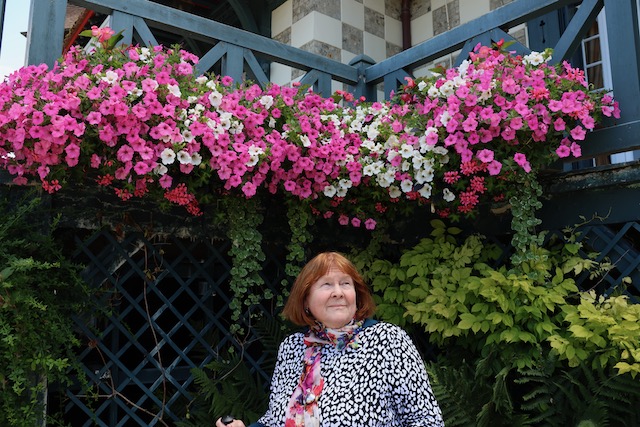
Our guide met us at the entrance to the drive and walked us up to the front of the building providing commentary about the building and its location in the City. The entrance, facing west, opens onto a central hall that gives access to the smoking room, living room and dining room to the north, the children’s dining room, a single bedroom and grand staircase to the upper floors.
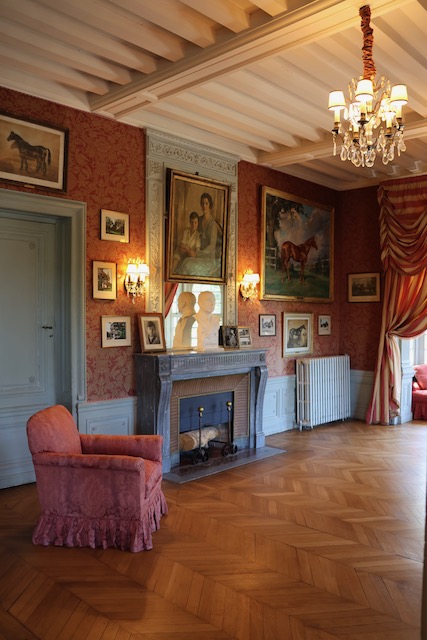



This staircase leads to the private apartments on the second floor.


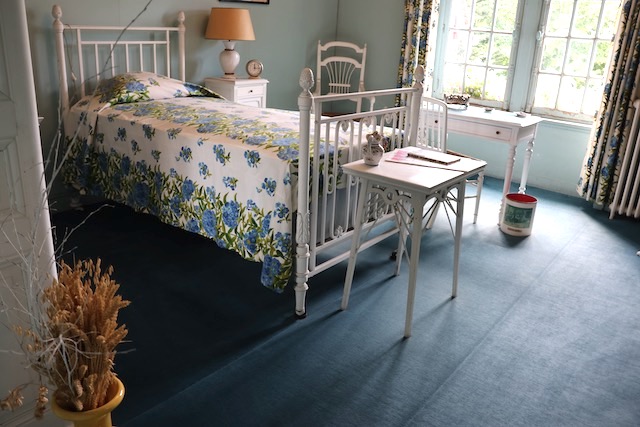
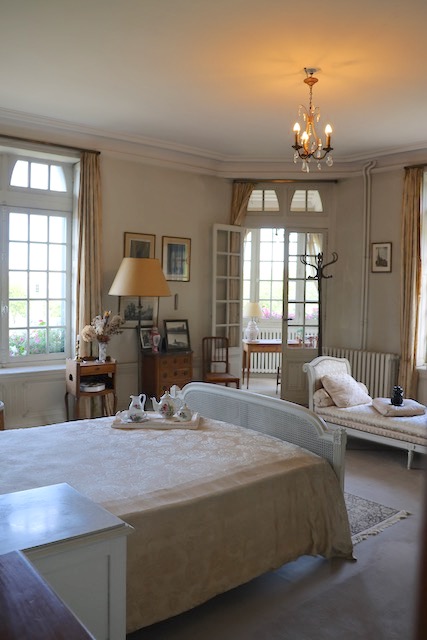

A rare thing, the villa has preserved its period furniture, its decoration, its knick-knacks throughout the house.
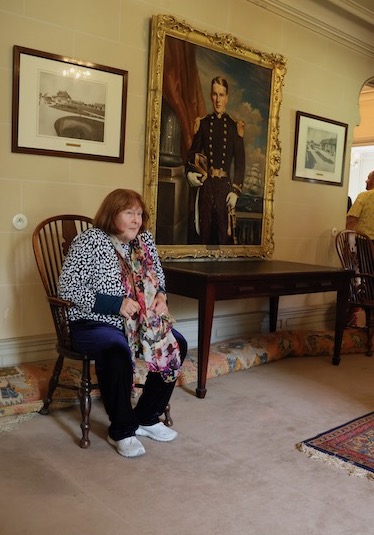
There are numerous paintings of horses and caricatures which testify to the equestrian parties of the time.
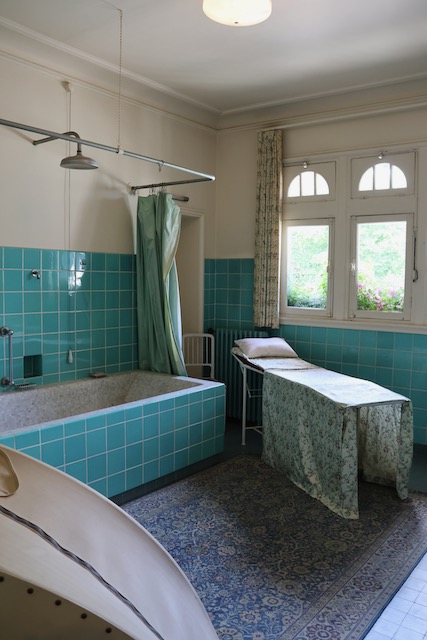
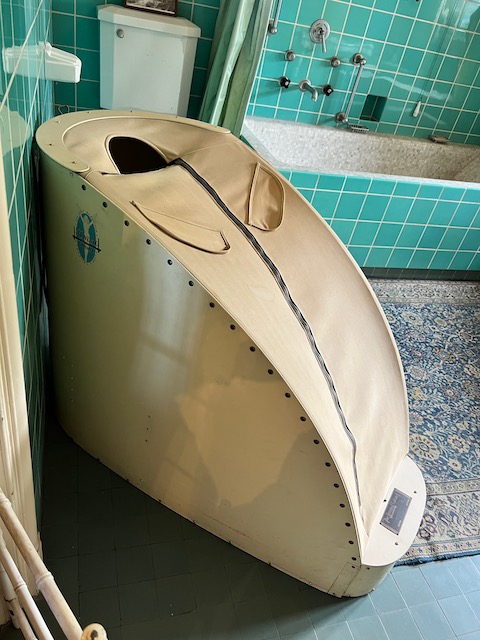
All-in-all a quite interesting home – not as grand as you might expect but still worthy of a visit.
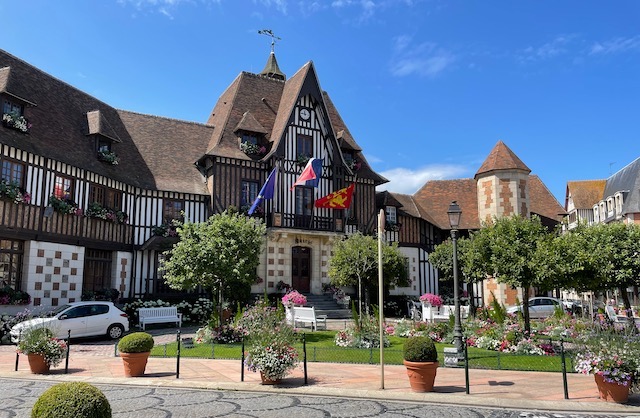
After the tour, Ryan drove us to a tea house for afternoon sweets, then we walked to the boardwalk along the beaches looking east to England.

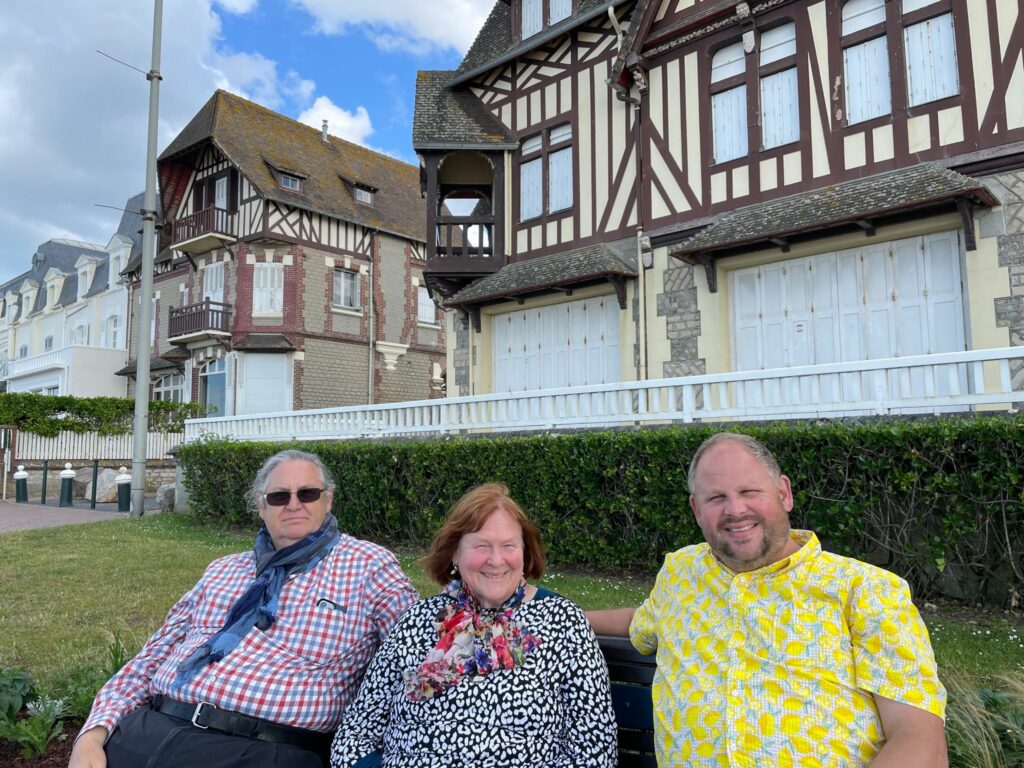
After enjoying the sun and breezes for a while, we walked to our waterside seafood restaurant.
After our visit we returned to Livarot for a relaxing time together.
For my readers, I would love a comment if you have been to any of the places we have mentioned – particularly those off the beaten path.

